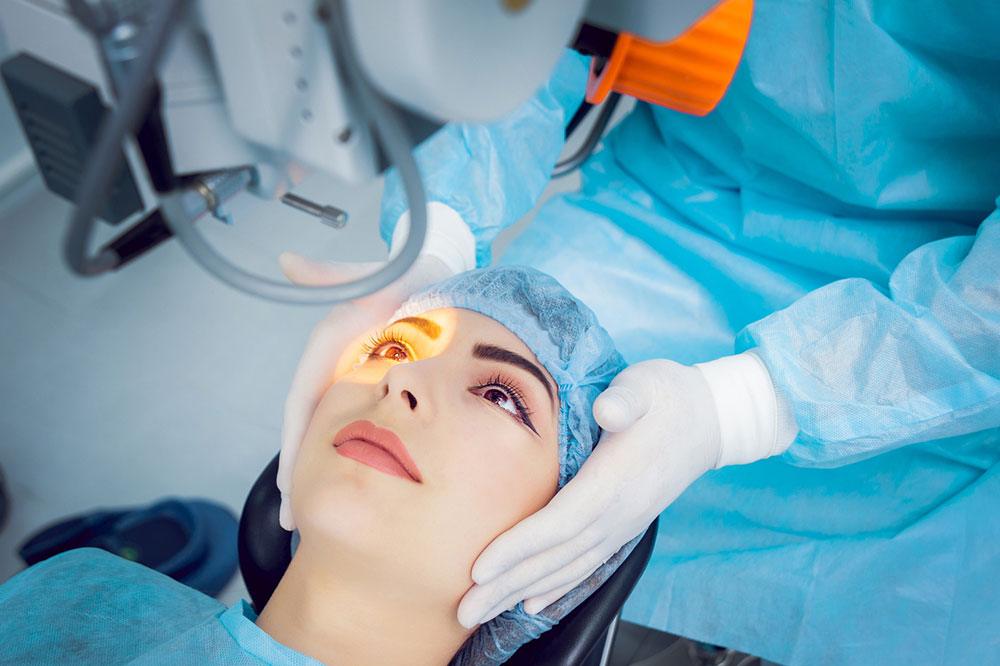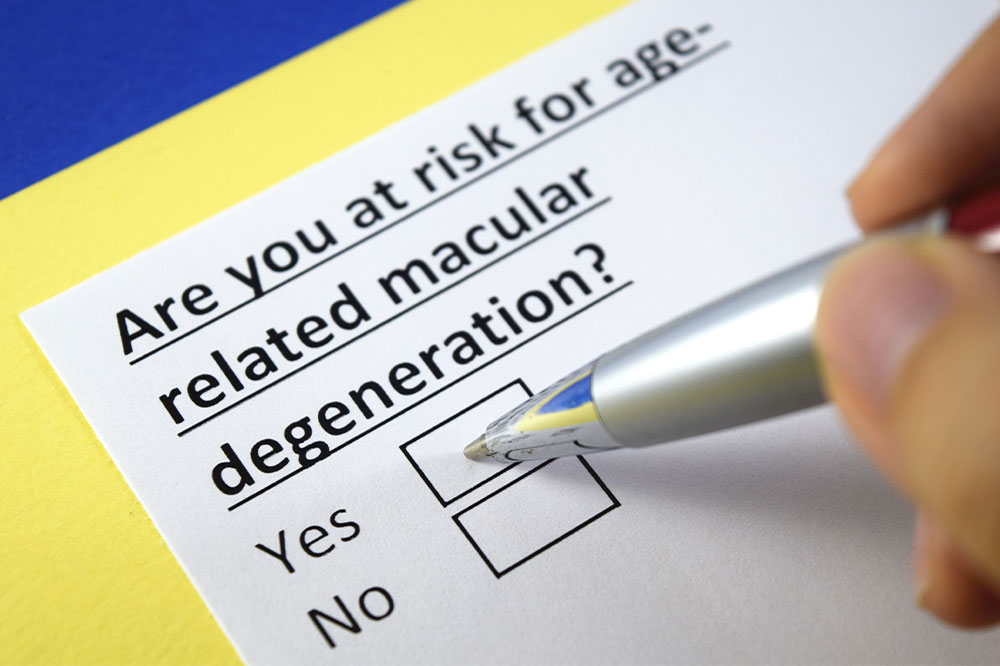Comprehensive Guide to Age-Related Macular Degeneration: Causes, Risks, and Management Strategies
Age-related macular degeneration (AMD) is a common eye disease affecting older adults, leading to progressive central vision loss. Understanding its causes, stages, risk factors, and treatment options is essential for early intervention. This comprehensive guide explores how lifestyle, diet, and medical treatments can slow AMD progression, helping patients preserve their vision and independence. Regular eye examinations, early diagnosis, and personalized management strategies are vital to managing AMD effectively and maintaining quality of life in aging populations.

Comprehensive Guide to Age-Related Macular Degeneration: Causes, Risks, and Management Strategies
Age-related macular degeneration (AMD) is a leading cause of vision loss among older adults, especially those over the age of 60. The condition affects the macula, a small but vital part of the retina responsible for sharp, central vision, which is essential for activities like reading, driving, recognizing faces, and detailed work. Understanding the underlying causes, progression, risk factors, and available treatment options for AMD is critical for early detection and effective management to preserve sight and quality of life.
What Exactly Is Age-Related Macular Degeneration?
AMD is a degenerative eye disease characterized by the gradual deterioration of the macula. As the macula deteriorates, the central vision becomes blurred or distorted, and patients may notice dark spots or a dulled perception in the center of their visual field. While AMD primarily affects central vision, peripheral vision usually remains unaffected, which means that total blindness is rare, but the impact on daily activities can be profound. The progression of AMD varies widely among individuals, influenced by genetic, environmental, and lifestyle factors.
Early detection plays a vital role in managing AMD effectively. During initial stages, small yellow deposits known as drusen accumulate under the retina. These deposits are key indicators of early AMD and, although they don't cause significant vision loss initially, they signal the need for vigilant monitoring to prevent progression. Regular eye exams are essential, especially for individuals at higher risk.
Management of AMD involves lifestyle modifications, nutritional support, and medical treatments tailored to the disease stage. In early and intermediate stages, no cure exists, but adopting healthy habits can slow progression. In advanced stages, especially wet AMD, medical interventions like injections and laser therapies are crucial to preserve vision.
Expert recommendations emphasize the importance of regular eye checkups, especially for individuals over 50 or those with risk factors such as family history, smoking, or certain ethnic backgrounds. Early detection of AMD through comprehensive eye examinations can significantly influence treatment outcomes. A standard eye exam might include visual acuity testing, retinal imaging, Amsler grid testing, fluorescein angiography, and optical coherence tomography (OCT). These tools help ophthalmologists identify early signs like drusen and pigment abnormalities.
Preventative measures include maintaining a healthy diet rich in antioxidants, such as vitamins A, C, E, zinc, and beta-carotene, which support retinal health. Avoiding smoking and managing cardiovascular health also play essential roles in reducing AMD risk. Eating foods like leafy greens, colorful fruits, and fish high in omega-3 fatty acids contributes to eye health. Moreover, protecting eyes from excessive sunlight exposure with sunglasses and avoiding unnecessary eye strain can help.
As AMD advances, the clinical presentation involves a broader appearance of larger drusen, changes in retinal pigment, and more significant visual impairment. The disease is broadly classified into two types based on pathological features:
Dry AMD (Non-neovascular or Geographic Atrophy): This form results from slow breakdown of retinal cells and is more common, accounting for about 85-90% of cases. It causes gradual central vision loss over years without significant abnormal blood vessel growth.
Wet AMD (Neovascular or Exudative): This aggressive type involves abnormal blood vessel growth beneath the retina, which can leak fluid or blood, leading to rapid and severe vision loss. It accounts for the majority of severe vision loss related to AMD.
Effective management strategies are tailored to these different forms. For dry AMD, there is no curative therapy yet, but clinical studies suggest that nutritional supplementation can slow progression. For wet AMD, treatments aim to inhibit abnormal blood vessel growth and reduce fluid leakage. These treatments include:
Anti-VEGF (Vascular Endothelial Growth Factor) injections, administered regularly to inhibit abnormal blood vessel proliferation.
Laser therapy, which targets and destroys abnormal vessels or leaks.
Photodynamic therapy, involving the injection of a light-sensitive drug followed by laser activation to obliterate abnormal vessels.
Preventive care and early intervention are crucial. Patients diagnosed early have better chances of preserving their vision and maintaining independence. Consistent follow-up appointments and monitoring are essential, especially if one eye is already affected, to prevent deterioration in the other eye.
Understanding the risk factors associated with AMD can guide at-risk populations toward proactive eye health management. These factors include:
Advanced age, particularly over 60 years.
Genetic predisposition, with a family history increasing susceptibility.
Smoking, which significantly raises the risk of AMD progression.
Unhealthy lifestyle choices such as poor diet, lack of exercise, and exposure to environmental toxins.
Certain ethnicities, including Caucasians and Asians, are more prone to AMD.
Diagnosis involves a combination of visual assessments and advanced retinal imaging techniques. These tests enable ophthalmologists to detect early signs and stage the disease accurately, which is critical for timely intervention. Technologies like optical coherence tomography (OCT) provide detailed cross-sectional images of the retina, allowing precise identification of drusen and pigmentary changes.
In conclusion, AMD remains a significant eye health concern in aging populations. With advances in diagnostic tools and therapeutic options, early detection and personalized management strategies can greatly enhance quality of life for affected individuals. Prevention through lifestyle modifications remains a cornerstone of care, emphasizing the importance of regular eye health monitoring, a balanced diet, and avoiding known risk factors.





